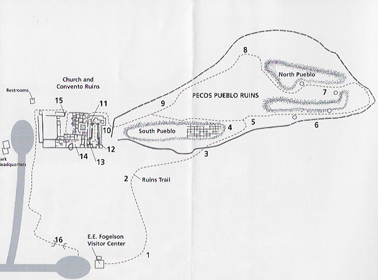
After bridge #16 (N35D32'58.140 X W105D41'10.991)
Flowers first observed: 8/11/17
The Plant w/Flowers

The Flowers

Distribution
"Found on dry, sandy or gravelly soils in open, grassy woodlands, often among pi-on-juniper and oak, from 4,500-8,500 ft (1372-2591 m); flowers April-September. Distribution: MT to CA, east to TX." (SEINet)
Description
"Perennial herbs, to 20 cm tall, from a woody caudex, this sometimes branched; stems prostrate to ascending, branching from the base as well as above; herbage silvery-white in appearance, covered with long hairs and stiff white bristles, these bulbous at the base (pustulate). Leaves: Clustered in a persistent basal rosette and alternate along the stems, sessile; blades linear to oblanceolate, 1-9 cm long, upper surfaces strigose, lower surfaces strigose and bristly. Flowers: White and yellow, in scorpioid cymes that become elongate in fruit; calyx 5 parted, the lobes ovate-lanceolate, 3-4 mm long in flower, 5-6 mm long in fruit; corollas salverform, white with a yellow throat, the tubes ringed with short antrorse scales at the base of the interior. Fruits: Nutlets 1-4 per calyx, smooth and shiny, 2 mm long, curved inward, not compressed." (SEINet)
Ethnobotanical Uses
Medicine:
"The plant was given to newborn infants for prenatal snake or toad infection; a poultice of the plant was applied to snakebites and sores; also used ceremonially as a life medicine." (SEINet)
"Among the Zuni people, the powdered root of the jamesii variety is used to relieve a sore anus.[1]" (Wikipedia)
Internet Links